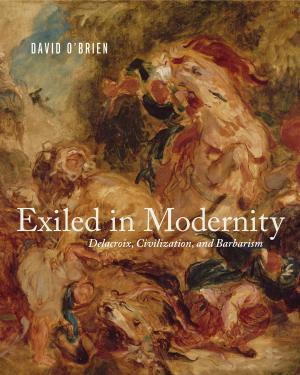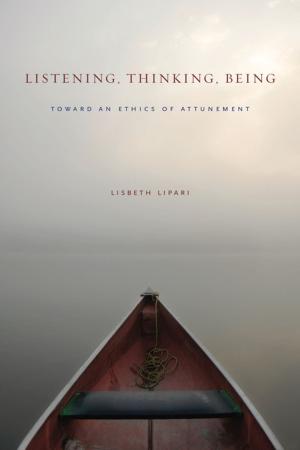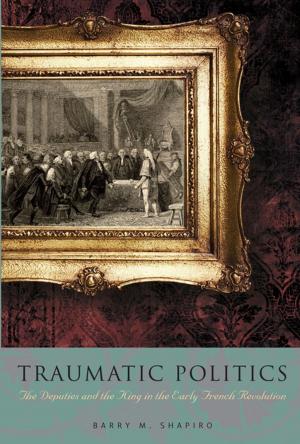Raphael’s Ostrich
Nonfiction, Art & Architecture, Art History, European, History, Renaissance, General Art| Author: | Una Roman D’Elia | ISBN: | 9780271077475 |
| Publisher: | Penn State University Press | Publication: | January 12, 2016 |
| Imprint: | Penn State University Press | Language: | English |
| Author: | Una Roman D’Elia |
| ISBN: | 9780271077475 |
| Publisher: | Penn State University Press |
| Publication: | January 12, 2016 |
| Imprint: | Penn State University Press |
| Language: | English |
Raphael’s Ostrich begins with a little-studied aspect of Raphael’s painting—the ostrich, which appears as an attribute of Justice, painted in the Sala di Costantino in the Vatican. Una Roman D’Elia traces the cultural and artistic history of the ostrich from its appearances in ancient Egyptian hieroglyphs to the menageries and grotesque ornaments of sixteenth-century Italy. Following the complex history of shifting interpretations given to the ostrich in scientific, literary, religious, poetic, and satirical texts and images, D’Elia demonstrates the rich variety of ways in which people made sense of this living “monster,” which was depicted as the embodiment of heresy, stupidity, perseverance, justice, fortune, gluttony, and other virtues and vices. Because Raphael was revered as a god of art, artists imitated and competed with his ostrich, while religious and cultural critics complained about the potential for misinterpreting such obscure imagery. This book not only considers the history of the ostrich but also explores how Raphael’s painting forced viewers to question how meaning is attributed to the natural world, a debate of central importance in early modern Europe at a time when the disciplines of modern art history and natural history were developing. The strangeness of Raphael’s ostrich, situated at the crossroads of art, religion, myth, and natural history, both reveals lesser-known sides of Raphael’s painting and illuminates major cultural shifts in attitudes toward nature and images in the Renaissance. More than simply an examination of a single artist or a single subject, Raphael’s Ostrich offers an accessible, erudite, and charming alternative to Vasari’s pervasive model of the history of sixteenth-century Italian art.
Raphael’s Ostrich begins with a little-studied aspect of Raphael’s painting—the ostrich, which appears as an attribute of Justice, painted in the Sala di Costantino in the Vatican. Una Roman D’Elia traces the cultural and artistic history of the ostrich from its appearances in ancient Egyptian hieroglyphs to the menageries and grotesque ornaments of sixteenth-century Italy. Following the complex history of shifting interpretations given to the ostrich in scientific, literary, religious, poetic, and satirical texts and images, D’Elia demonstrates the rich variety of ways in which people made sense of this living “monster,” which was depicted as the embodiment of heresy, stupidity, perseverance, justice, fortune, gluttony, and other virtues and vices. Because Raphael was revered as a god of art, artists imitated and competed with his ostrich, while religious and cultural critics complained about the potential for misinterpreting such obscure imagery. This book not only considers the history of the ostrich but also explores how Raphael’s painting forced viewers to question how meaning is attributed to the natural world, a debate of central importance in early modern Europe at a time when the disciplines of modern art history and natural history were developing. The strangeness of Raphael’s ostrich, situated at the crossroads of art, religion, myth, and natural history, both reveals lesser-known sides of Raphael’s painting and illuminates major cultural shifts in attitudes toward nature and images in the Renaissance. More than simply an examination of a single artist or a single subject, Raphael’s Ostrich offers an accessible, erudite, and charming alternative to Vasari’s pervasive model of the history of sixteenth-century Italian art.















